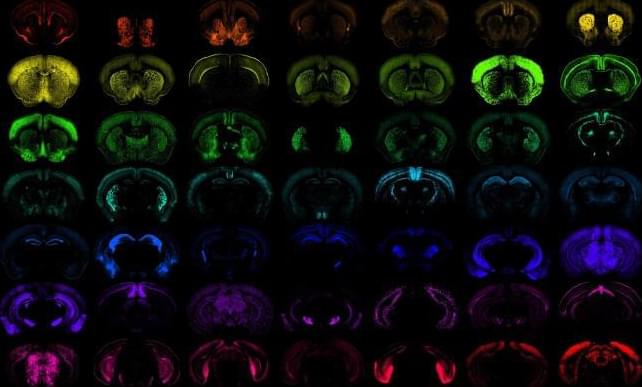A new study has mapped the genetic blueprint of neural stem and progenitor cells (NPCs), the rare cells responsible for generating new neurons in the adult brain.
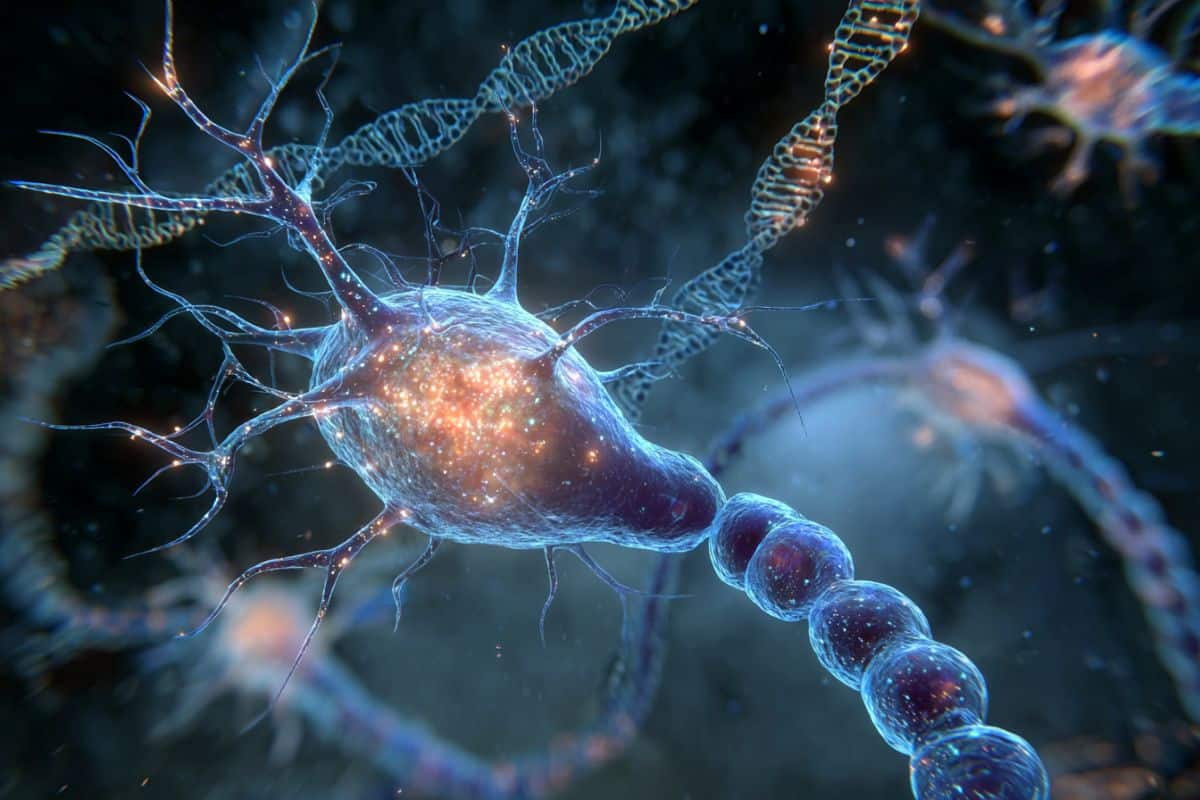


After living with psychiatric illnesses, including depression and PTSD, for many years and experiencing his first panic attacks when he was just a kindergartner, the patient in this study had been hospitalized numerous times. The authors write that he had endured “one protracted depressive episode without distinct periods of remission for 31 years.”
They describe his medical history as “remarkable” – he has tried at least 19 different medications and undergone electroconvulsive therapy (ECT) three times. While this treatment can be effective in some cases, in this patient it unfortunately left him with cognitive impairment.
Ultimately, the patient had experienced suicidal ideation and made attempts to take his own life. It’s thought that around a third of patients with major depressive disorder will progress to TRD, as in this case, and that is a strong risk factor for suicidality.
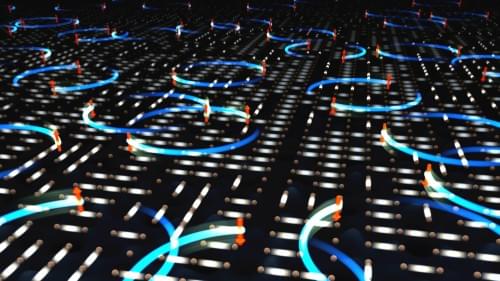
It has been widely recognized that whoever controls the development of novel materials controls technologies that evolve from them. The science and technology of materials synthesis are at the heart of the discovery, design, and realization of novel quantum materials that underpin quantum technologies. From a fundamental point of view, there is a current lack of clear-cut material realizations of recently proposed quantum states that promise revolutionary advances in novel technologies, including quantum spin liquids, accessible topological superconductors, room-temperature superconductors, controllable anyonic states, etc. The current mismatch between theory and experiment strongly suggests that daunting materials challenges will hinder advances in the development of quantum technologies, such as realistic quantum computers in future decades. Indeed, despite advances in quantum information processing in recent decades, major materials challenges have significantly limited progress in quantum computing hardware platforms. It requires collaborative efforts beyond the field of quantum computing to tackle these materials challenges. There is a clear indication that existing synthesis techniques are inadequate. New synthesis technologies capable of producing new phases and structures are urgently needed.
The central theme of this Special Collection is to communicate recent developments, identify new research areas, and collectively address urgent materials challenges faced by the community of quantum materials synthesis. It will serve as a renewed effort to improve the technical infrastructure available to researchers who require highly controlled sample materials for the conduct of fundamental materials investigations. This Collection presents invited articles written by leading scientists in this community and covers quantum materials synthesis of a range of forms of materials, such as bulk single crystals, thin films/heterostructures, and two-dimensional materials.

John C. Lilly was more than a scientist — he was an explorer of hidden realms. Through his experiments, he stepped beyond the veil of ordinary reality… and claimed to witness something no one was supposed to see.
The original 90 minute interview you’ll find here: https://thinkingallowed.vhx.tv/
Watch the full interview: https://www.youtube.com/watch?v=PZ9cJ5wFqrk.
Follow us:
https://www.facebook.com/videoadvice.
https://www.instagram.com/videoadvice2025
Script and Narration by Video Advice.
Footage provided by MotionArray.
Music provided by Epidemic Sound and Artlist.
References used under Fair Use Law.
📩 For any concerns or business inquiries, please get in touch with us at videoadvice@yahoo.ro
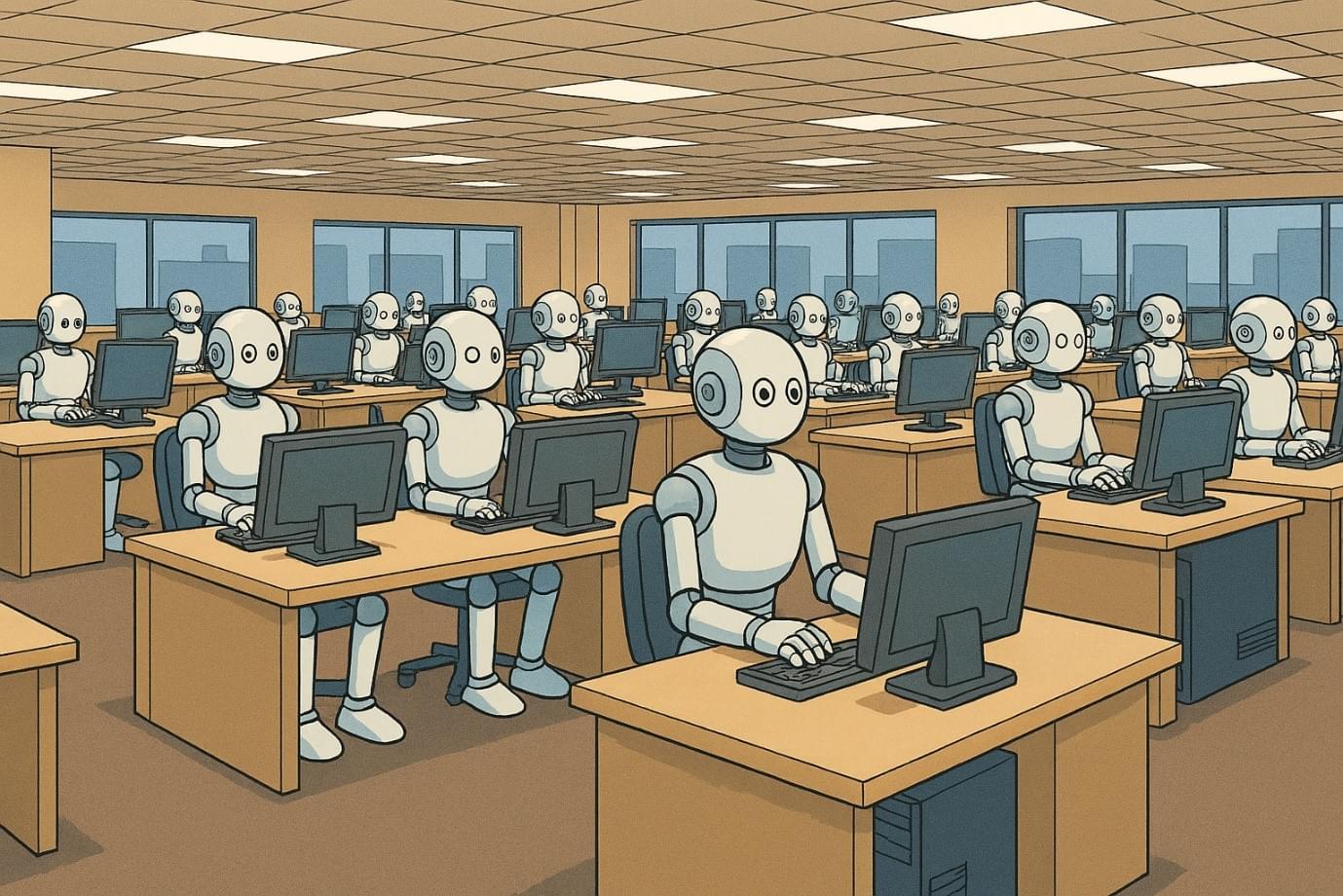
We’ve all heard the arguments – “AI will supercharge the economy!” versus “No, AI is going to steal all our jobs!” The reality lies somewhere in between. Generative AI1 is a powerful tool that will boost productivity, but it won’t trigger mass unemployment overnight, and it certainly isn’t Skynet (if you know, you know). The International Monetary Fund (IMF) estimates that “AI will affect almost 40% of jobs around the world, replacing some and complementing others”. In practice, that means a large portion of workers will see some tasks automated by AI, but not necessarily lose their entire job. However, even jobs heavily exposed to AI still require human-only inputs and oversight: AI might draft a report, but you’ll still need someone to fine-tune the ideas and make the decisions.
From an economic perspective, AI will undoubtedly be a game changer. Nobel laureate Michael Spence wrote in September 2024 that AI “has the potential not only to reverse the downward productivity trend, but over time to produce a major sustained surge in productivity.” In other words, AI could usher in a new era of faster growth by enabling more output from the same labour and capital. Crucially, AI often works best in collaboration with existing worker skillsets; in most industries AI has the potential to handle repetitive or time-consuming work (like basic coding or form-filling), letting people concentrate on higher-value-add aspects. In short, AI can raise output per worker without making workers redundant en masse. This, in turn, has the potential to raise GDP over time; if this occurs in a non-inflationary environment it could outpace the growth in US debt for example.
Some jobs will benefit more than others. Knowledge workers who harness AI – e.g. an analyst using AI to sift data – can become far more productive (and valuable). New roles (AI auditors, prompt engineers) are already emerging. Conversely, jobs heavy on routine information processing are already under pressure. The job of a translator is often cited as the most at risk; for example, today’s AI can already handle c.98% of a translator’s typical tasks, and is gradually conquering more technically challenging real-time translation.
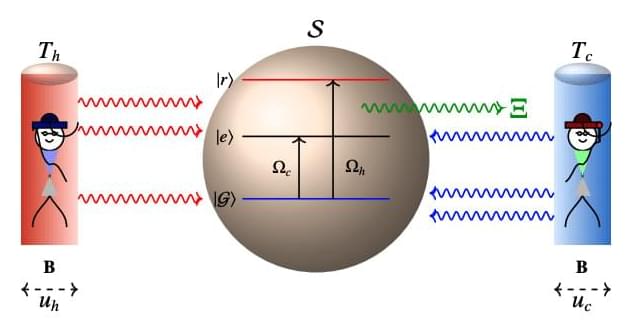
The pursuit of more efficient engines continually pushes the boundaries of thermodynamics, and recent work demonstrates that relativistic effects may offer a surprising pathway to surpass conventional limits. Tanmoy Pandit from the Leibniz Institute of Hannover, along with Tanmoy Pandit from TU Berlin and Pritam Chattopadhyay from the Weizmann Institute of Science, and colleagues, investigate a novel thermal machine that harnesses the principles of relativity to achieve efficiencies beyond those dictated by the Carnot cycle. Their research reveals that by incorporating relativistic motion into the system, specifically through the reshaping of energy spectra via the Doppler effect, it becomes possible to extract useful work even without a temperature difference, effectively establishing relativistic motion as a valuable resource for energy conversion. This discovery not only challenges established thermodynamic boundaries, but also opens exciting possibilities for designing future technologies that leverage the fundamental principles of relativity to enhance performance.
The appendices detail the Lindblad superoperator used to describe the system’s dynamics and the transformation to a rotating frame to simplify the analysis. They show how relativistic motion affects the average number of quanta in the reservoir and the superoperators, and present the detailed derivation of the steady-state density matrix elements for the three-level heat engine, providing equations for power output and efficiency. The document describes the Monte Carlo method used to estimate the generalized Carnot-like efficiency bound in relativistic quantum thermal machines, providing pseudocode for implementation and explaining how the efficiency bound is extracted from efficiency and power pairs. Overall, this is an excellent supplementary material document that provides a comprehensive and detailed explanation of the theoretical framework, calculations, and numerical methods used in the research paper. The clear organization, detailed derivations, and well-explained physical concepts make it a valuable resource for anyone interested in relativistic quantum thermal machines.
Relativistic Motion Boosts Heat Engine Efficiency
Researchers have demonstrated that relativistic motion can function as a genuine thermodynamic resource, enabling a heat engine to surpass the conventional limits of efficiency. The team investigated a three-level maser, where thermal reservoirs are in constant relativistic motion relative to the working medium, using a model that accurately captures the effects of relativistic motion on energy transfer. The results reveal that the engine’s performance is not solely dictated by temperature differences, but is significantly influenced by the velocity of the thermal reservoirs. Specifically, the engine can operate with greater efficiency than predicted by the Carnot limit, due to the reshaping of the energy spectrum caused by relativistic motion.
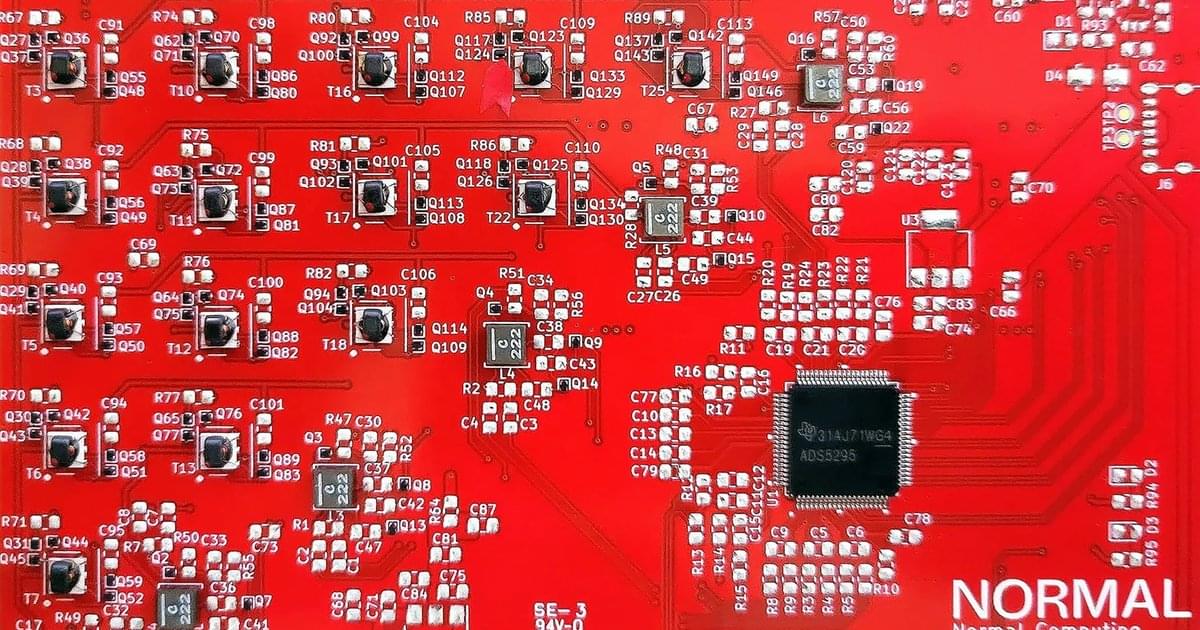
According to the company, by using natural dynamics such as fluctuations, dissipation, and stochasticity – otherwise known as a lack of predictability — the chips are able to compute far more efficiently than traditional semiconductors.
CN101 specifically targets two tasks necessary for supporting AI workloads: solving linear algebra and matrix operations, and stochastic sampling with lattice random walk, and represents the first step on Normal Computing’s roadmap towards commercializing thermodynamic computing at scale and enabling significantly more AI performance per watt, rack, and dollar, the company says.
Chip startup Normal Computing has announced the successful tape-out of the world’s first thermodynamic semiconductor, CN101.
Designed to support AI and HPC workloads, Normal Computing describes the CN101 as a “physics-based ASIC” that harnesses the “intrinsic dynamics of physical systems… achieving up to 1,000x energy consumption efficiency.”

Encoding quantum information within bosonic modes offers a promising direction for hardware-efficient and fault-tolerant quantum information processing. However, achieving high-fidelity universal control over bosonic encodings using native photonic hardware remains a significant challenge. We establish a quantum control framework to prepare and perform universal logical operations on arbitrary multimode multi-photon states using a quantum photonic neural network. Central to our approach is the optical nonlinearity, which is realized through strong light-matter interaction with a three-level Λ atomic system. The dynamics of this passive interaction are asymptotically confined to the single-mode subspace, enabling the construction of deterministic entangling gates and overcoming limitations faced by many nonlinear optical mechanisms. Using this nonlinearity as the element-wise activation function, we show that the proposed architecture is able to deterministically prepare a wide array of multimode multi-photon states, including essential resource states. We demonstrate universal code-agnostic control of bosonic encodings by preparing and performing logical operations on symmetry-protected error-correcting codes. Our architecture is not constrained by symmetries imposed by evolution under a system Hamiltonian such as purely χ and χ processes, and is naturally suited to implement non-transversal gates on photonic logical qubits. Additionally, we propose an error-correction scheme based on non-demolition measurements that is facilitated by the optical nonlinearity as a building block. Our results pave the way for near-term quantum photonic processors that enable error-corrected quantum computation, and can be achieved using present-day integrated photonic hardware.
Basani, J.R., Niu, M.Y. & Waks, E. Universal logical quantum photonic neural network processor via cavity-assisted interactions. npj Quantum Inf 11, 142 (2025). https://doi.org/10.1038/s41534-025-01096-9
